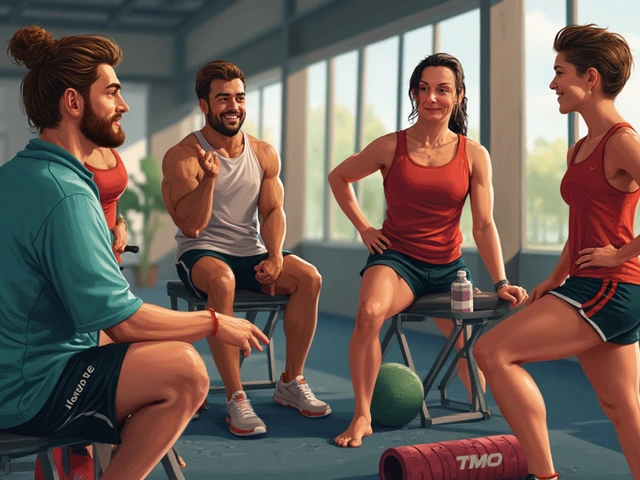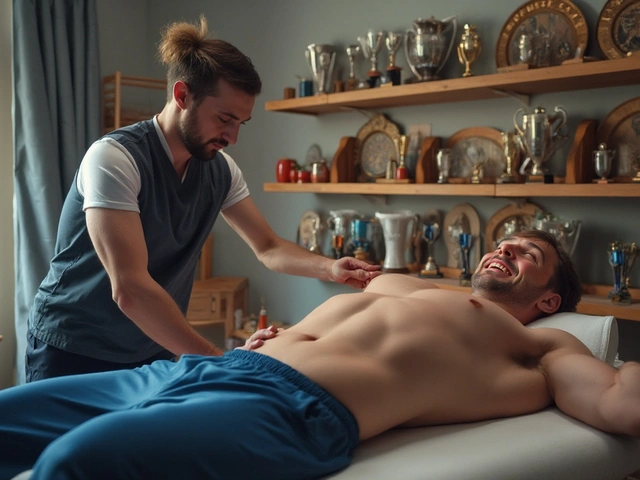Regular Massage: Simple Daily Routines for Canine Wellness
Regular massage helps dogs stay mobile, calm, and pain-free. A short daily routine can reduce stiffness, spot early signs of injury, and strengthen your bond. You don't need special tools, just your hands, a quiet spot, and a little consistency. Below are clear, practical steps and guidelines that any dog owner or canine professional can use right away.
Quick 5-Minute Routine
Start with five minutes a day for calm dogs. Let your dog sniff your hands. Use slow, gentle strokes from the neck down the back to the tail. Feel for heat, tight spots, or lumps. Spend extra time on shoulders and hips if your dog is older or active. Finish with light circular motions on the chest and along the sides. If the dog relaxes, you can add two more minutes each week until you reach ten minutes.
Use flat palms and thumbs, no poking or digging. Keep pressure light over the ribcage and belly. For bigger muscles, like the thighs and shoulders, use firmer long strokes along the muscle fibers. If your dog pulls away or tenses, pause and try softer touch. Reward them with praise or a small treat so they like the routine.
Frequency, Signs, and Safety
Do massage daily when possible, or at least three times a week for maintenance. After exercise, massage for two to five minutes to help recovery. Watch for these signs that your dog needs a vet: sudden limping, swelling you can feel, sharp pain when touched, or changes in appetite or behavior. Massage can ease chronic soreness but isn't a substitute for professional diagnosis.
Warm your hands first and avoid massaging a fresh injury or open wound. Short nails help prevent accidental scratches. If your dog has a known condition, like arthritis, a disc issue, or recent surgery, ask your vet or a certified canine massage therapist for tailored moves. Many human techniques like myofascial release, trigger point pressure, and gentle stretching work on dogs with adjustments for size and comfort.
Keep sessions consistent and timed to your dog's mood. Morning massages can wake stiff joints. Evening sessions calm anxious dogs and improve sleep. Track what works in a notebook: duration, areas you worked, and any reactions. Over weeks you'll spot patterns and know where your dog tightens most.
Regular massage pairs well with other wellness steps: balanced nutrition, controlled exercise, and proper rest. For more techniques and deeper reads, check articles on sports massage, neuromuscular work, and Ayurvedic approaches adapted to animals. Small daily care adds up fast, five minutes now can mean fewer vet visits later.
If you work with many dogs or want deeper skills, take short courses in canine massage or study techniques like myofascial release and neuromuscular therapy. Learn how breath, pressure, and positioning change outcomes. Use calming scents and music when appropriate, but stick to dog-safe oils. Keep records and build a toolkit: a soft mat, towels, and a gentle massage balm tested for pets. Small investments make your sessions safer and more effective.

The Unseen Benefits of Regular Sports Massage
Heading to the massage table might sound like a treat, but as a keen sportsman, I'm here to show you how it's much, much more than that. I want to take you on a journey to explore the unseen benefits of regular sports massage, throwing an unexpected light on how it royally boosts athletic performance, eases muscle pain, and promotes overall well-being. While it might seem like a time-consuming indulgence to some, the rewards we reap from this simple practice are far-reaching. Trust me, it's worth a read!




